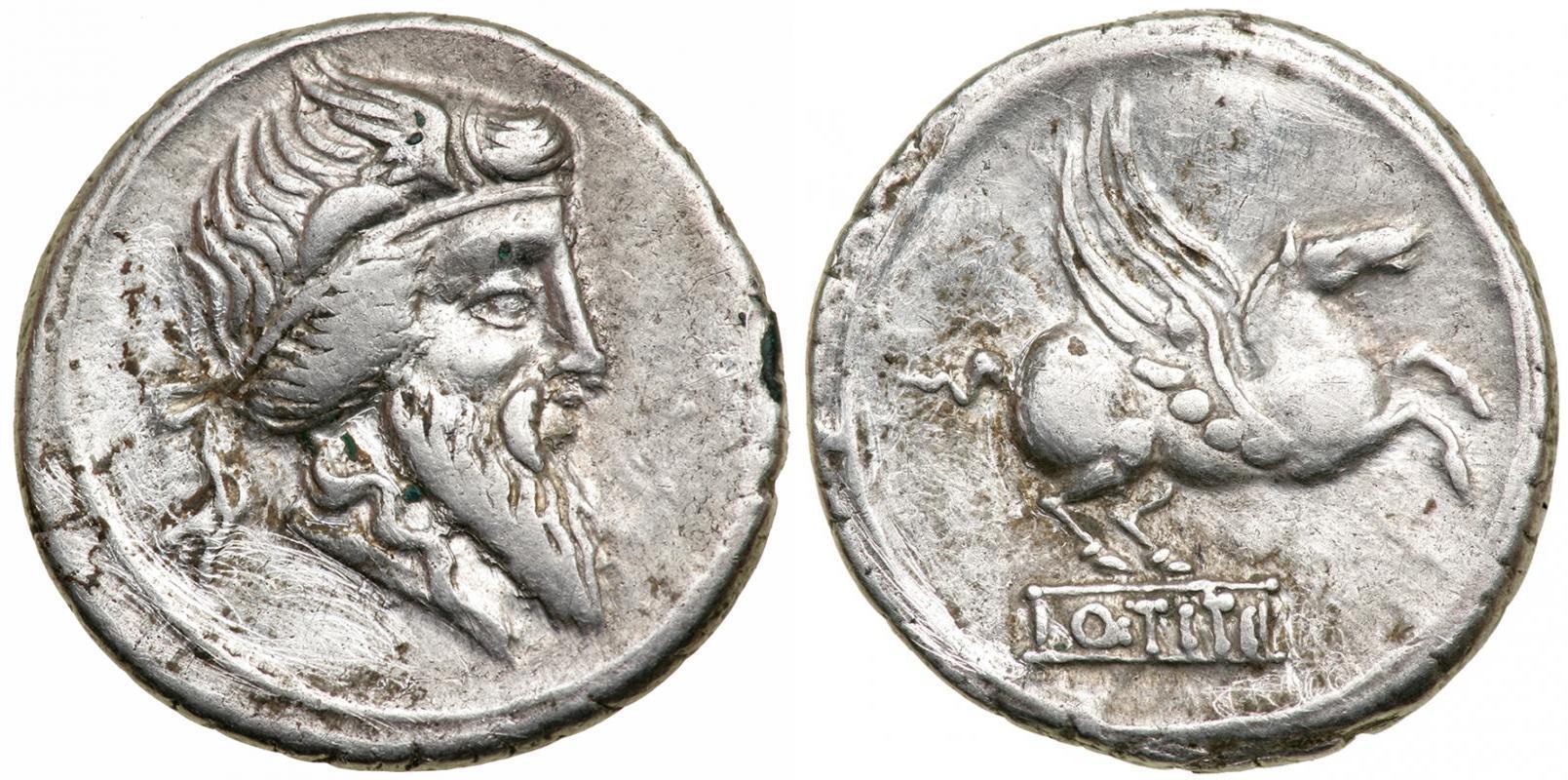
It is also believed that the chief priests used staters to bribe the guards of the tomb (Matt. Many coin specialists believe that Judas's payment of thirty pieces of silver was made in staters. The Stater was minted at Antioch, at Caesarea in Cappadocia, and at Tyre. That coin is mentioned in Matthew 17.27, when Jesus arranged for payment of his temple tax. The "stater" is a Greek or Tyrian coin that was often used to pay the temple tax for two people. A reference to a large number of talents generally meant "a great deal of money," much the same as when people today say, "if I had a million dollars." If a denarius was worth a day's wages, a talent would have been worth about seventeen yearsÕ wages. A talent was not a coin, but a unit of a high value, though the amount varied from time to time. Jesus told a parable about a master who entrusted "talents" to his servants. It represents a very small amount of money. The only Jewish coin mentioned in the Gospels is the bronze "lepton" This is the- "widowÕs mite," called a "fartbing" in some translations. The word occurs in Matthew 10.29 and in Luke 12.6, where it has sometimes been translated as a "farthing" or a "penny." It had the value of two sparrows sold in the market. The denarius of that day had the head of the Roman Emperor Tiberius on one side, and on the other side a likeness of his, mother, Livia, shown holding an olive branch and a scepter, personifying Rome.Ī copper coin called an "as" was worth one-sixteenth of a denarius. Six of these denarii, or pennyweights, were reckoned to the ounce (uncia) of 423 grains (27.41 grams), and 72 of them made the new pound (libra) of 12 ounces, or 5,076 grains (328.9 grams).

Jesus' opponents used a denarius to trap him with their question about t taxation (Matt.22.19). was created when a silver denarius was struck to a weight of 70.5 grains (4.57 grams). paid two denarii for caring for the wounded man for several days. It was translated by the word "penny" because the standard Roman abbreviation for a denarius is "d."-the same abbreviation was used centuries later by the British for "penny." Another indication of the value of the denarius is found in the story of the Good Samaritan: The innkeeper was. In some Bible versions, it is called a "penny" though its value was the equivalent of a day's wage for a laborer. The most common silver coin in circulation was the Roman denarius. Silver, bronze, or brass were the most common metals used in coins gold was seldom used. These regular currencies were Roman coins minted under official control provincial coins minted at Antioch and lTyre, which followed the older Greek standards and names for coins and local Jewish money, probably minted at Caesarea.

Coins: Denarius/Penny/Talent/Farthing/Miteĭuring the time of Jesus, money from three different sources was in regular circulation in Palestine, as well as other coins brought in by travelers and traders from throughout the known world.


 0 kommentar(er)
0 kommentar(er)
